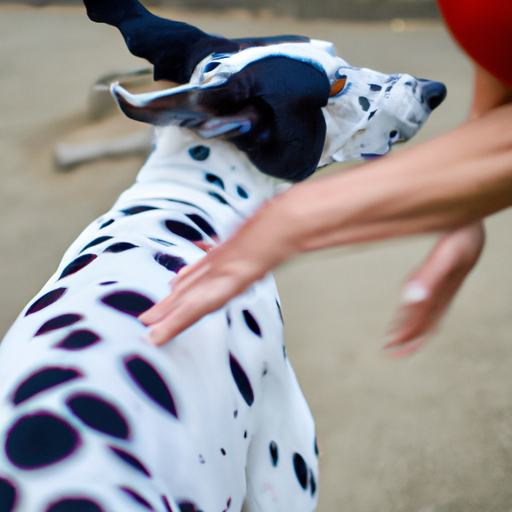Understanding Your Dog’s Body Language
Dogs communicate in various ways. As a caregiver, you’re often the first to notice subtle changes in your dog’s behavior. One day you might notice your dog’s back twitching when you touch it. This could be due to a multitude of reasons. You’re not alone in your quest to understand your dog better. Let’s delve into this mystery together.
The Nervous System and Twitching
Before we can discuss why your dog might twitch, it’s important to understand the basics of a dog’s nervous system. Much like you, your dog has a complex nervous system that sends signals throughout their body. These signals control everything from major movements like running and jumping, to minor movements like tail wagging and, you guessed it, twitching.
Here are some of the key parts of a dog’s nervous system:
- The Central Nervous System (CNS): This comprises the brain and spinal cord.
- The Peripheral Nervous System (PNS): This encompasses all the other nerves in the body.
A twitch usually arises from the peripheral nervous system, caused by a sudden, involuntary contraction and relaxation of muscle fibers.
Common Causes for Twitching
There are several reasons why your dog’s back might twitch when you touch it. Here are the most common:
- Excitement or Fear: Dogs often twitch when they’re excited or scared. This is a completely normal reaction.
- Skin Conditions: Issues like fleas, allergies, or dry skin can cause your dog to twitch.
- Muscle Spasms: These are involuntary contractions of muscles that can cause twitching.
- Neurological Disorders: Conditions like epilepsy can cause twitching.
| Cause | Description |
|---|---|
| Excitement or Fear | Emotional response |
| Skin Conditions | Fleas, allergies, dry skin |
| Muscle Spasms | Involuntary contractions |
| Neurological Disorders | Conditions like epilepsy |
When to Visit a Veterinarian
If your dog’s twitching is accompanied by other symptoms like loss of appetite, lethargy, or changes in behavior, it might be time to visit the vet. Twitching can sometimes be a sign of a more serious condition, such as a neurological disorder. However, remember, occasional twitching usually isn’t a cause for concern.
FAQ
Q: Can I stop my dog’s back from twitching?
A: It depends on the cause. If it’s due to a skin condition, proper grooming and care can help. If it’s a neurological issue, your vet will guide you.
Q: Is twitching painful for my dog?
A: Not necessarily. However, if it’s accompanied by other signs of discomfort, consult your vet.
Q: How often should my dog twitch?
A: There’s no standard frequency. If it seems excessive, consult your vet.
Remember, as a caregiver, you know your dog best. Trust your instincts and don’t hesitate to seek help if something doesn’t seem right. Your dog’s health and happiness are worth it.



